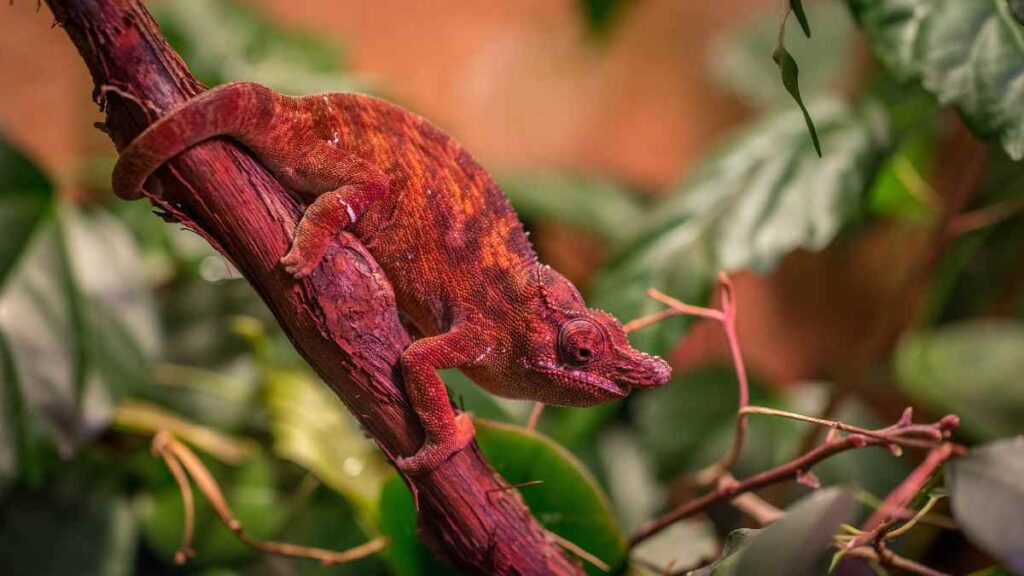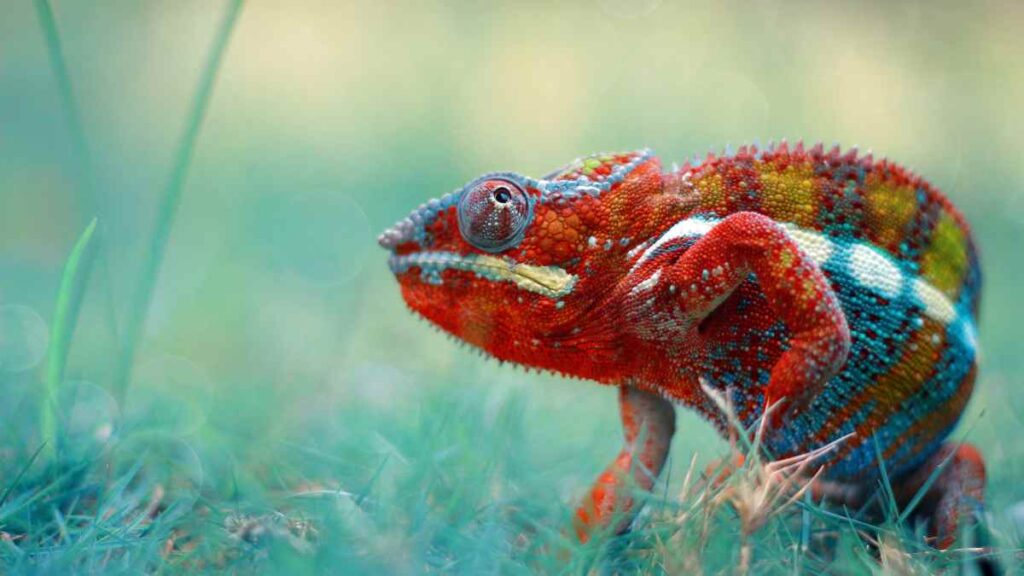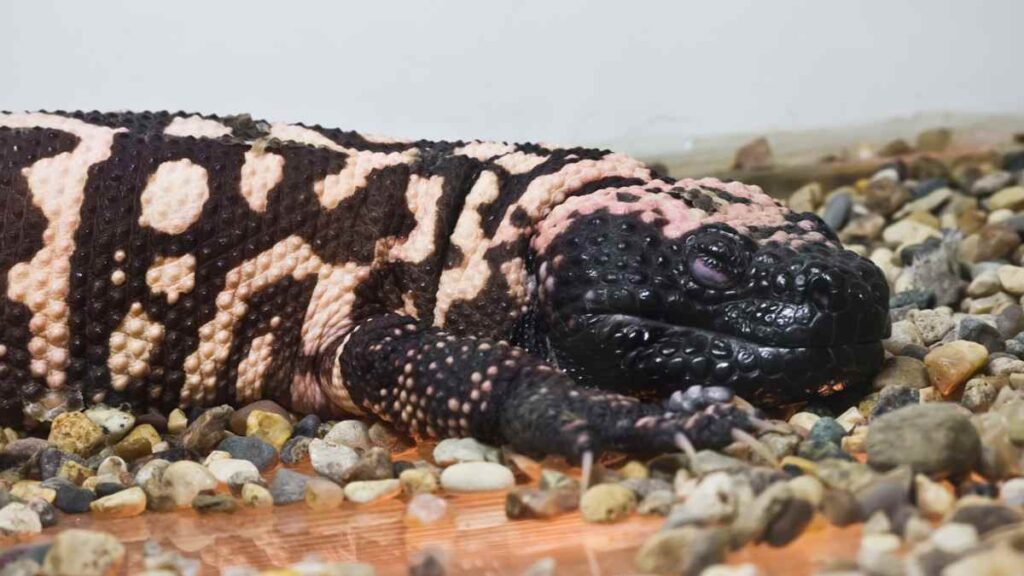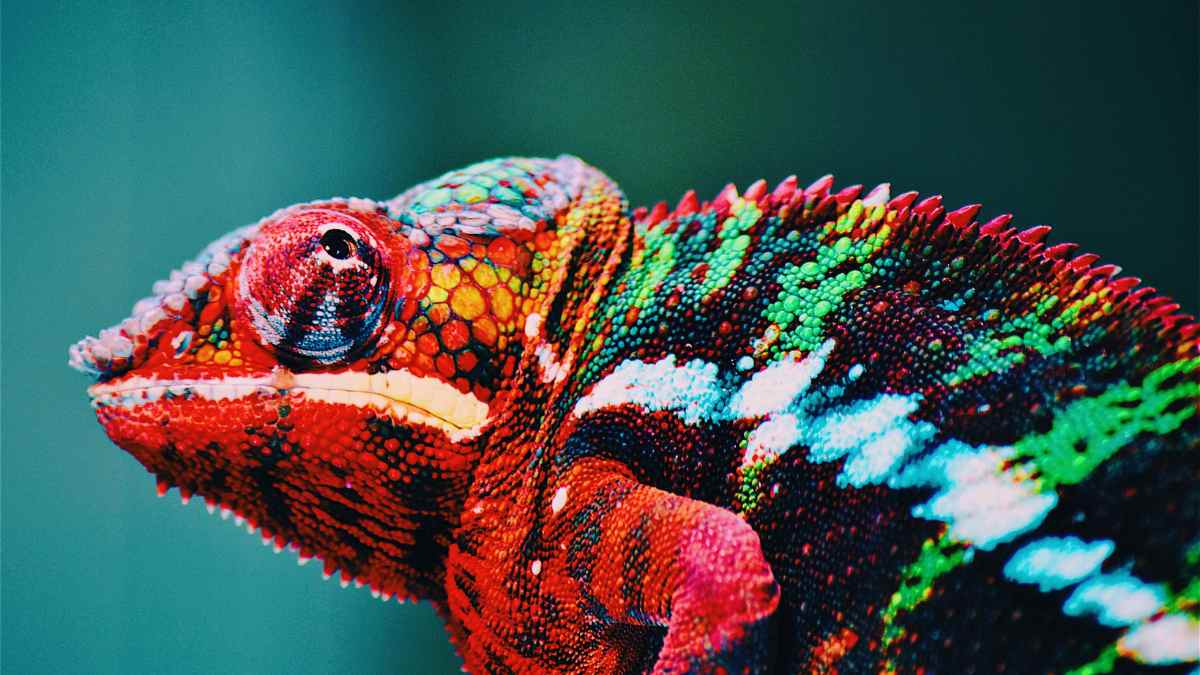In the fascinating world of lizards, their immense variety of defense methods is truly remarkable.
From shape-shifting to chemical warfare, these incredible creatures have evolved numerous ways to keep themselves safe from predators in their environment.
These often-overlooked creatures are a diverse group of reptiles that can be found in a variety of environments around the globe. From deserts to rainforests, lizards have adapted to survive in some of the harshest conditions on Earth.
But how do these small creatures protect themselves from the many predators that lurk in their habitats? Well, lizards have evolved various defense mechanisms to keep themselves safe.
In this blog, we will explore the many different defense mechanisms lizards use and see just how resourceful and adaptable these creatures can be.
So join me as we delve into the fascinating world of lizard defense methods!
The Importance of Lizard Defense Methods

Lizards are often overlooked and underestimated in the animal kingdom, but don’t let their small size fool you – these creatures have some impressive defense mechanisms up their sleeves (or, should we say, scales?).
But why is it essential for us to understand these defense methods? Well, for one, it helps us appreciate the diversity of adaptations found in the natural world. It’s easy to see how a lion’s roar or a bear’s claws serve as defenses, but lizards have evolved some less obvious strategies for survival.
-

Beaded Dragon Fan Exclusive: ‘Original Hipster’ T-Shirt – Wear Your Unique Style with Pride – Unisex t-shirt
£13.00 – £20.50 Select options This product has multiple variants. The options may be chosen on the product page -

Chinese Water Dragon Aquatic Mastery Tee: Dive into Elegance with Our Exclusive Reptile Enthusiast Shirt – Unisex t-shirt
£13.00 – £20.50 Select options This product has multiple variants. The options may be chosen on the product page
Additionally, understanding how lizards protect themselves can also inform conservation efforts. By learning more about the habitats and behaviors of different lizard species, we can better ensure their continued survival in the wild.
But let’s not forget the pure entertainment value of it all. Who doesn’t love learning about how chameleons blend into their surroundings or how horned lizards shoot blood from their eyes to deter predators?
It’s fascinating stuff, and it just shows that even the smallest creatures have some pretty impressive tricks up their sleeves.
Physical Defense Methods

Lizards are a diverse group of reptiles, and they have evolved a range of physical defenses to protect themselves from predators. These defenses can be quite subtle, but they are no less effective.
One of the most obvious physical defense mechanisms is camouflage and mimicry. Many lizards have evolved coloring and patterns on their skin that allow them to blend in with their surroundings. This makes them much harder for predators to spot and helps them avoid being seen by potential prey.
Body size and shape can also be a physical defense mechanism in lizards. Some species are large and bulky, making them intimidating to predators.
Others are long and slender, which can make them more agile and able to escape through small crevices or under rocks.
Spikes and armor are other common physical defenses in lizards. Some species have rows of spines or scales that run along their backs and tails, making them more difficult for predators to grab onto. Others have bony plates on their skin, which can provide added protection against bites and scratches.
These are just a few examples of lizards’ many physical defense mechanisms. From camouflage to armor, these reptiles have evolved various adaptations that allow them to survive in the wild.
Behavioral Defense Methods

Lizards are not just masters of physical defense; they also use various behavioral strategies to protect themselves. These behaviors can be just as effective as physical adaptations in deterring predators.
One of the most common behavioral defense mechanisms lizards use is to run away or flee. Many species are highly agile and can move quickly to escape danger.
Some even have special adaptations, such as padded feet or fringed toes, that help them to run more efficiently.
Another behavioral defense used by lizards is to play dead. When threatened, some species will roll onto their backs and remain motionless, hoping the predator will lose interest and move on. This strategy is especially common in smaller lizards with no physical defenses to protect themselves.
Deception and bluffing are also common behavioral defenses in lizards. Some species will use their coloring and patterns to mimic the appearance of poisonous or dangerous animals in the hope that predators will be deterred. Others will use their body language and movements to intimidate or confuse predators.
From running away to playing dead, these reptiles have evolved various strategies to protect themselves in the wild.
Chemical Defense Methods

Lizards are not just adept at using physical and behavioral defenses to protect themselves – some species also have chemical defenses at their disposal. These defenses can be just as effective as more traditional methods of self-protection.
Of all the lizard defense methods, the chemical type is the most deadly.
One chemical defense used by some lizards (Gila Monster, for instance) is venom production. Several lizard species, including chameleons and horned lizards, can produce venom to defend themselves against predators.
The venom can be delivered through bites or scratches and can cause various effects, from mild irritation to more severe symptoms such as nausea and vomiting.
Scent marking and the use of pheromones is also common chemical defense mechanisms in lizards. Many species secrete chemicals from glands on their skin or urine, which can be used to mark their territory or communicate with other lizards.
These chemicals can also deter predators, as they may convey information about the lizard’s size, strength, or aggressive behavior.
Conclusion
Lizards may be small and often overlooked, but they are no less fascinating for it.
These creatures have evolved a range of defense mechanisms to protect themselves from predators, and it is truly remarkable to see the diversity of strategies they have developed. First, they sense their surroundings, and then they go on the defensive!
From physical defenses such as camouflage and armor to behavioral strategies such as fleeing and playing dead to chemical defenses like venom production and pheromones, lizards have evolved various adaptations that allow them to survive in the wild.
Understanding these defense mechanisms not only helps us appreciate the incredible adaptability of lizards, but it can also inform conservation efforts and help us better protect these important animals.
So next time you come across a lizard, take a moment to marvel at the unique ways it has adapted to its environment. You might be surprised by just how resourceful these creatures can be!

